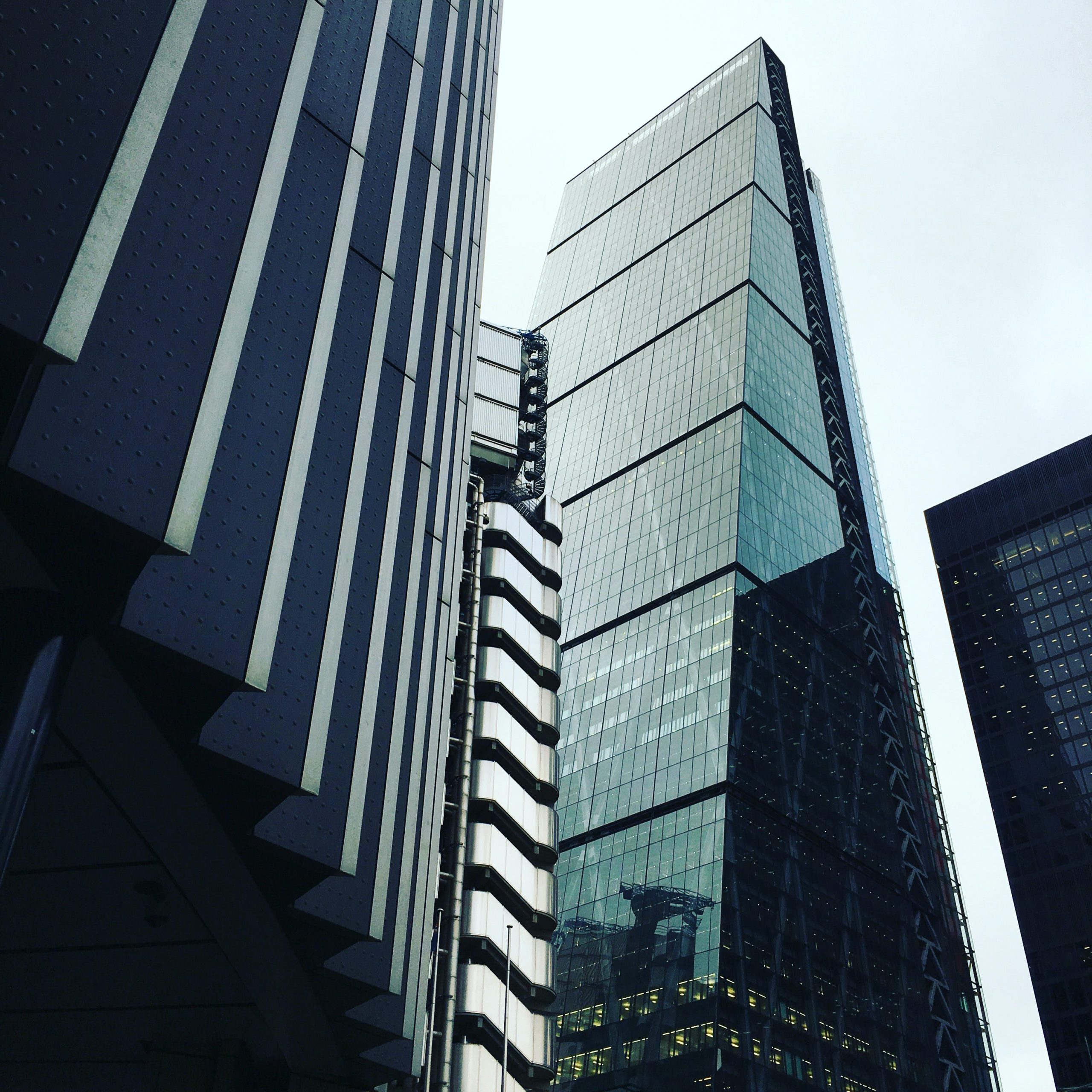

Solomon’s temple was magnificent. Built over many years with all the finest materials and the most skilled craftsmen and a huge workforce. During the exile prophets like Ezekiel had prophesied a new temple even more glorious than the one the Babylonians had destroyed. But a month into the work, with the shape of the new temple becoming clear and the quality of the work becoming clear too, there must have been plenty of scope for discouragement (and discouragement remember had caused them to give up 18 years earlier). In scale, in splendour this new temple could not compare to the one it was meant to replace. It must have seemed “like nothing” – so what was the point? Was it worth all this effort?
The date of this sermon, a month since the work began, would have been the last full day of the Feast of Tabernacles, when no doubt many from the surrounding countryside came into the city, and perhaps looked with interest to see what progress had been made: and there wouldn’t have been much to see. Again, all easily discouraging.
Haggai urges the leaders and their people to “Be strong … and work”, despite the temptation to discouragement, because God assures them “I am with you”. It’s that promise that should spur them on. It means that this building work was not a pointless exercise, this building would not be a hollow shell and empty icon. It would symbolise what was wonderfully and profoundly true. The Feast of Tabernacles remembered the Exodus and their 40 years in the wilderness, so Haggai turns their thoughts back to long before Solomon’s temple, and reminds them of God’s covenant promise to be with them. A promise that still stands. The building that was (scarcely yet) taking shape might not seem to truly reflect the promise, but instead of giving up, the promise should spur them to carry on. That same promise should be a spur to us as we seek to share in the temple building work God is engaged in today – see Matt.28:19-20.
Haggai now encourages them with a vision of the future. “once more” links what God will do with what he did at the Exodus (v.5). The language of shaking might seem a little strange, but it is frequently used in the bible to speak of a theophany – a great revelation of God. We speak of a “shake up” to imply a reordering of things, a putting right of what is wrong, and so he comes shake up our world, put things in order. When he says “once more”, it seems to refer back to the Exodus (v.5), but that was geared towards one people in one place; when God once again shakes the earth it will be all-encompassing, all of creation is in view (as for example we see in Col.1:20). Hebrews 12:26-27 quotes this verse and applies it to the last day and the coming of the new creation.
The phrase “what is desired of all nations” used to be read as though speaking of the coming Messiah, but it probably speaks of the treasures of the nations which will be brought in to beautify God’s temple (for “the silver is mine and the gold is mine” declares the LORD). In a small way that was fulfilled when Darius ordered the opponents of this building project to pay for it out of their own coffers (see Ezra 6:8-10), but it looks forward to the gathering into the church of people from every nation, and of the inclusion in some way of the splendours of this world in the new creation. What they were building would find its fulfilment one day in something far far more glorious than Solomon’s temple –a fulfilment we see in Christ, in whom the glory of God, in whom the glory of God is revealed, and it is fulfilled too in the temple he is now building, his church, which is being transformed into his likeness with ever-increasing glory (2 Cor.3:18) and will one day “share in his glory” (Rom.8:17). The promise of peace sums up what is ours in Christ and that we’ll enjoy fully in the new creation.